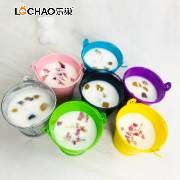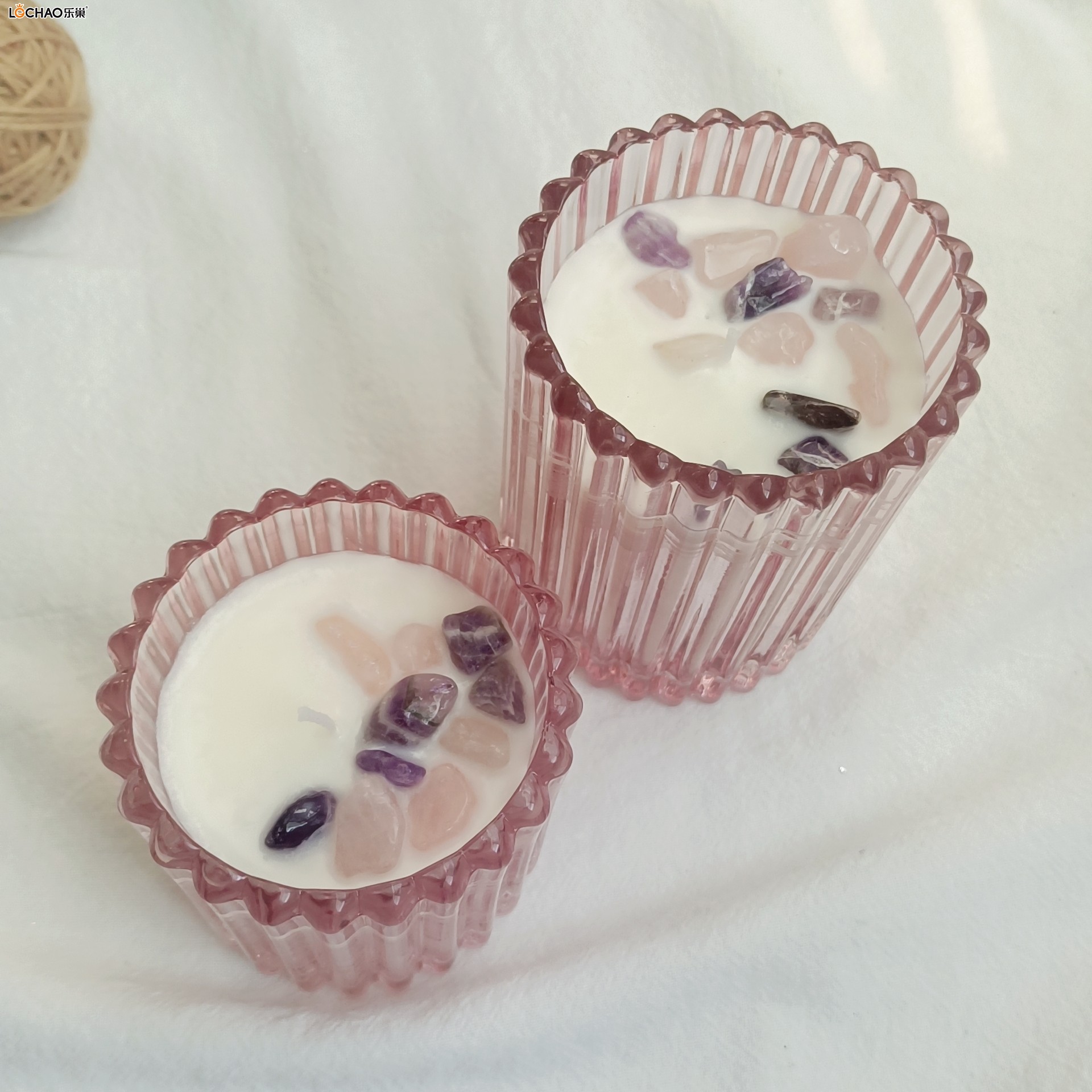There are many aspects to consider when evaluating a scented candle. A good scented candle isn't just about being able to ignite; it also reflects safety, aroma diffusion, burning quality, and user experience.
The following is a detailed guide to evaluating a candle, both before purchase and during combustion:
I. Before Purchase: Look, Smell, and Ask
1. Wax Base - The Foundation of Safety and Health
The wax base is the "body" of the candle and directly affects whether harmful substances are produced during combustion.
· Preferred:
· Soy wax: Natural, renewable, and burns cleanly (less smoke). Its low melting point makes it easy to flatten the burn pool. Currently, it's the most popular, high-quality choice.· Coconut wax: Also natural and pure, it has a firmer, finer texture. It generally blends better with fragrances and offers excellent aroma diffusion. It's often blended with soy wax.
· Beeswax: Natural and pure, it burns the longest and emits a natural, sweet honey aroma. It's generally more expensive.
· Vegetable blend wax: A blend of soy, coconut, and other plant waxes, offering the advantages of each. · Pitfalls to Avoid:
· Paraffin wax: Derived from petroleum. While inexpensive, its combustion can produce potentially harmful substances like toluene and benzene (especially if it burns incompletely). If you see an unusually cheap candle, it's likely paraffin.
How to Identify: Check the product's ingredient list; reputable brands will clearly indicate the wax type.
2. Wick - A Critical Affecting Burning Quality
The wick is the heart of the candle, determining the size of the flame and whether it burns thoroughly.
· Preferred:
· Cotton or wooden wicks: Burn cleanly and free of impurities.
· Eco-friendly/lead-free wicks: Ensure the wick itself does not contain harmful metals.
· Appropriate Size: The wick's thickness should match the candle's diameter. Too thin will result in uneven burning (tunneling/memory rings), while too thick will result in an overly large flame and black smoke.
· Pitfalls to Avoid:
· Lead-containing wicks: While rare these days, you should still be wary of some low-quality candles. Be highly suspicious if a ball forms or black smoke continues to appear during burning.
How to tell: Before lighting, inspect the candle wick to ensure it's made of pure natural material. After lighting, the flame should be stable and moderately high (approximately 1-2 cm), with no black smoke or crackling.
3. Fragrance - The soul of the scent experience
· Top choices:
· High-quality fragrance: Usually from reputable fragrance companies, it offers rich, realistic, and natural scents, rather than harsh, chemical notes.
· Natural essential oils: More natural and healthy, but more expensive, and may not offer the same longevity and stability as high-quality synthetic fragrances. Many premium candles use a blend of essential oils and high-quality fragrances.
· Pitfalls to avoid:
· Low-quality synthetic fragrance: The scent is monotonous and pungent, and can cause dizziness over time. Smell the candle up close while it's still unlit. If the scent is overpowering or reminiscent of alcohol, it's a poor quality product.
How to tell: Mainly rely on your sense of smell. A good candle should have a soft, layered aroma when sniffed cold (unlit). Once lit, the fragrance should diffuse evenly throughout the room, not just be noticeable near the candle.
4. Container and Craftsmanship - Reflecting Detail and Sincerity
· Container: Use heat-resistant materials (such as glass, ceramic, or metal) with uniform thickness to prevent cracking during burning.
· Craftsmanship:
· The surface of the candle should be smooth and flat, free of bubbles or cracks.
· The wick should be perfectly centered.
· There should be no separation between the wax and the container.
Next time you choose a scented candle, take this checklist with you:
1. Ingredients: Is the wax base a vegetable-based wax like soy or coconut?
2. Smell: When unlit, is the scent natural, layered, and non-pungent?
3. Wick: Is it cotton or wood? Is it centered?
4. Touch the surface: Is the wax smooth and flat?
5. Check the container: Is it made of sturdy, heat-resistant material?
6. Burn it for the first time: Does it form a complete, flat pool of wax?
7. Experience the diffusion: After lighting, does the fragrance effectively diffuse throughout the room?
8. Observe the flame: Is it stable and smoke-free?
By following these tips, you can easily identify high-quality scented candles and enjoy a truly safe and enjoyable aromatherapy experience.





